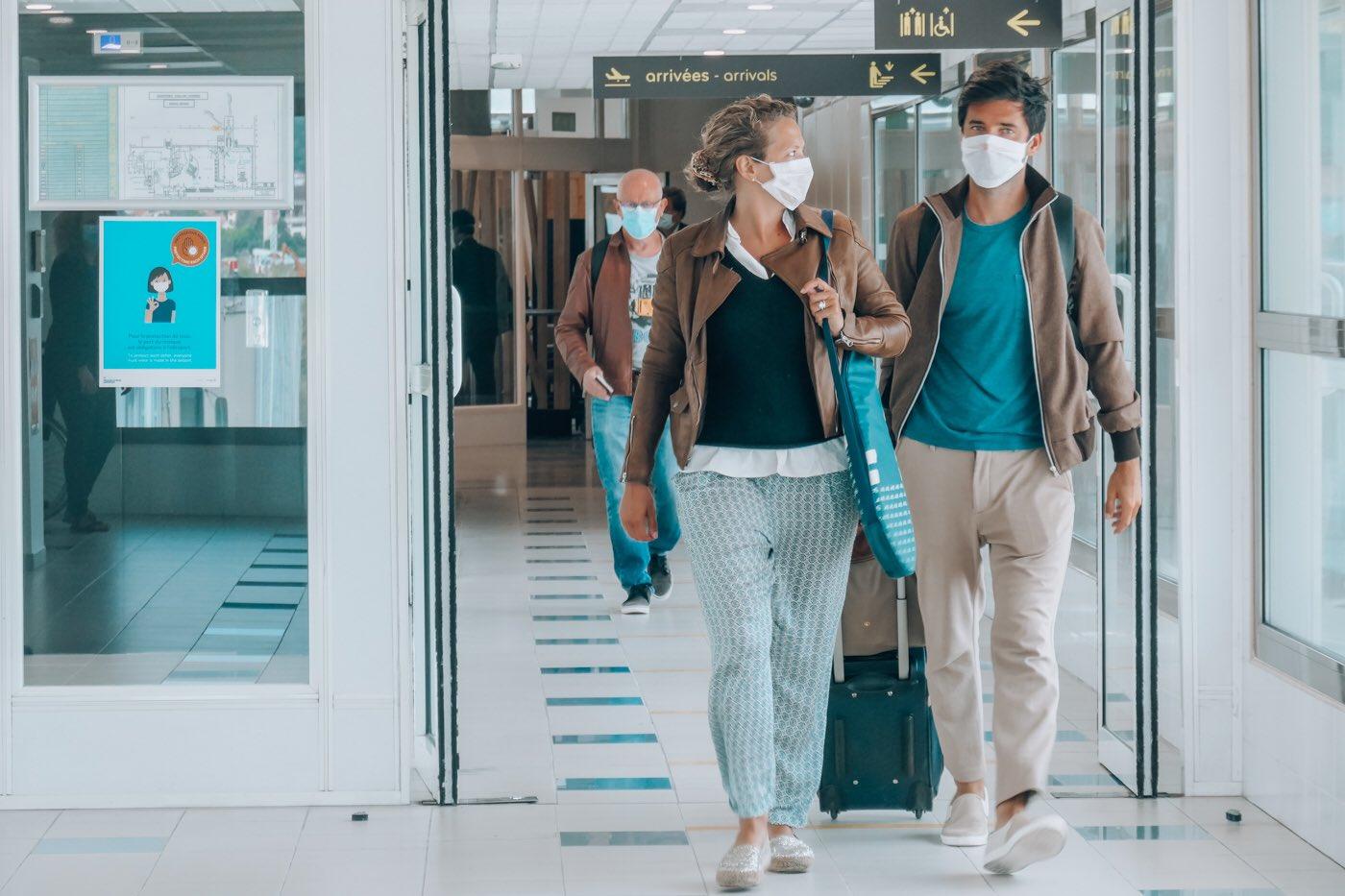隔離措置よりも、リスクベースの検査システムを優先するべきとACIが主張 |Risk-Based Testing Should Be Prioritized Over Quarantines, ACI Says

国際空港評議会(ACI)は8月14日、新型コロナウィルス対策として現在実施されている国際線利用者に対する全面的な検疫/隔離措置よりも、検査陰性証明などによるリスクベースの他の方法を用いることで、航空旅行の安心感を高めるべきだと主張した。
この中では、数ヶ月にわたり実施してきた「エビデンスに基づく対策」の拡充を要求しており、空港団体はICAOに対して「科学および医療分野の専門家が推奨する」具体的な勧告を整備するよう求めると述べられている。
この勧告は、航空旅行における感染拡大を防止するために、感染が少ない地域同士でいわゆる「安全地帯」・「グリーンゾーン」を設定することを含む、他の様々な対策を紹介するためにICAOが発行したTake-Off Aviation Health Safety Protocolsを補完するものであるべきだ、とACIは付け加えた。
「リスクベースのアプローチは、低リスク国からの渡航の際に検査や隔離を不要とする考え方を支えるものになる。中リスク国からの渡航は検査のみを実施し、これを共通性のある証明とする。そして高リスク国からの渡航は、検査の実施と結果確認まで短期間の検疫を組み合わせることになるだろう」と語るのは、ACI会長のLuis Felipe de Oliveira氏だ。
多くの国ではICAOが発行したTake Offプロトコルを自国の事情に合わせてカスタマイズしている。8月14日、カナダは安全地帯への渡航時に適用されるバージョンを発表し、その中では清掃の手順から高性能なエアフィルター装置の搭載にいたるまで、あらゆる内容が網羅されている。ただし、ACIが目指している検疫/隔離措置の緩和には至っていない。
イギリスが14日間の強制隔離措置の対象国にフランスとオランダを追加したことで、ACIが主張するリスクベースの対策の重要性がさらに際立つ形となった。
このような強制隔離措置は、ヨーロッパ域内線や国際線、さらにはオーストラリア・カナダ・アメリカにおいては国内線までも、需要の激減を招いている。IATAによる最新の旅行者数データによれば、世界の航空旅行者数は60%減少しており、最短でも2024年までは回復しないとしている。
ACIは、より戦略的な対策が旅行需要を支えながらも、旅行者と従業員を守ることにつながるとみている。
「国による一方的な規制、特に強制隔離措置は、業界と利用者の信頼の双方にダメージを与えている。不必要な隔離措置は特に有害で、国際線のフライトを手配すると、帰国後に予定通りの日常生活を続けられる保証がなくなることになるからだ」とde Oliveira氏は語る。
ACIは最近、セキュリティ面に焦点を当てた「Playbook」を発行し、空港として旅行需要の拡大を支えながら、感染対策を維持することをサポートしている。また、ACIは政府に対し、新型コロナウィルス対策にかかった費用を負担するよう呼びかけている。
以上は、Sean BroderickがAviation Dailyいた記事です。 Aviation Week Intelligence Network (AWIN) のメンバーシップにご登録いただくと、開発プログラムやフリートの情報、会社や連絡先データベースへのアクセスが可能になり、新たなビジネスの発見やマーケット動向を把握することができます。貴社向けにカスタマイズされた製品デモをリクエスト。
Blanket quarantines of passengers flying between countries should be replaced by risk-based testing protocols backed by health certificates and other tactics that reassure the traveling public amid the COVID-19 pandemic, Airports Council International (ACI) World said Aug. 14.
Expanding on calls for evidence-based measures it has been making for months, the airports body said it will ask the ICAO to develop specific recommendations “informed by scientific and health experts.”
The measures should complement ICAO’s Take-Off Aviation Health Safety Protocols, issued to provide a general framework for mitigating disease-transmission risk during travel by establishing travel “bubbles,” or corridors, employing various tactics, ACI added.
“A risk-based approach would support the concept of travel bubbles, with low-risk countries requiring no testing or quarantine for travel,” ACI world director general Luis Felipe de Oliveira said. “Medium-risk locations might require testing only, with mutual acceptance of test results, and arrivals from high-risk locations might require a combination of testing and a short quarantine to enable the verification of results.”
Many countries are customizing ICAO’s takeoff protocols to fit their needs. Canada on Aug. 14 unveiled its version of a safe-travel plan built around corridors that contain everything from cleaning protocols to advanced air filtration systems. But the plan does not alter quarantines that have severely hampered domestic, international, and transborder traffic—the type of gap targeted by ACI’s push.
The airport association’s call for more targeted risk mitigation comes as the U.K. expands its 14-day quarantine-mandate list to include arrivals from France and the Netherlands.
Such requirements are driving down demand within regions, such as Europe, on long-haul flights between countries, and even within countries, such as Australia, Canada, and the U.S. The latest IATA passenger figures have global traffic falling 60% in 2020, and not recovering until 2024 at the earliest.
ACI’s view is that more strategic measures will protect passengers and workers while supporting travel demand.
“Unilateral national measures, especially a quarantine requirement, is damaging to both the industry and passenger confidence,” de Oliveira said. “Unnecessary quarantine measures are particularly harmful to passenger confidence as international air travelers have no assurance that, if they make flight arrangements, they will be able to return to their place of departure to continue their daily lives.”
ACI recently released a security protocol-focused “playbook” that airports can use to develop tactics for managing a rise in passenger demand and maintaining health protocols. ACI also has called on governments to bear the costs of COVID-19-related public health measures.